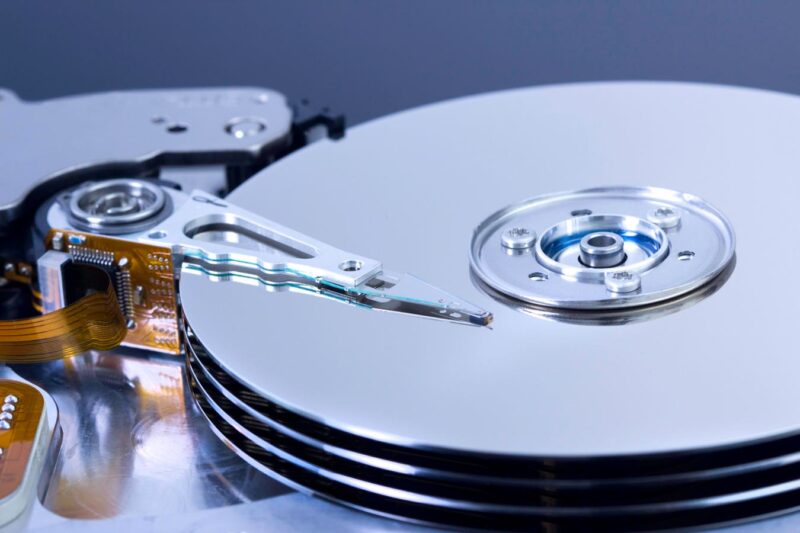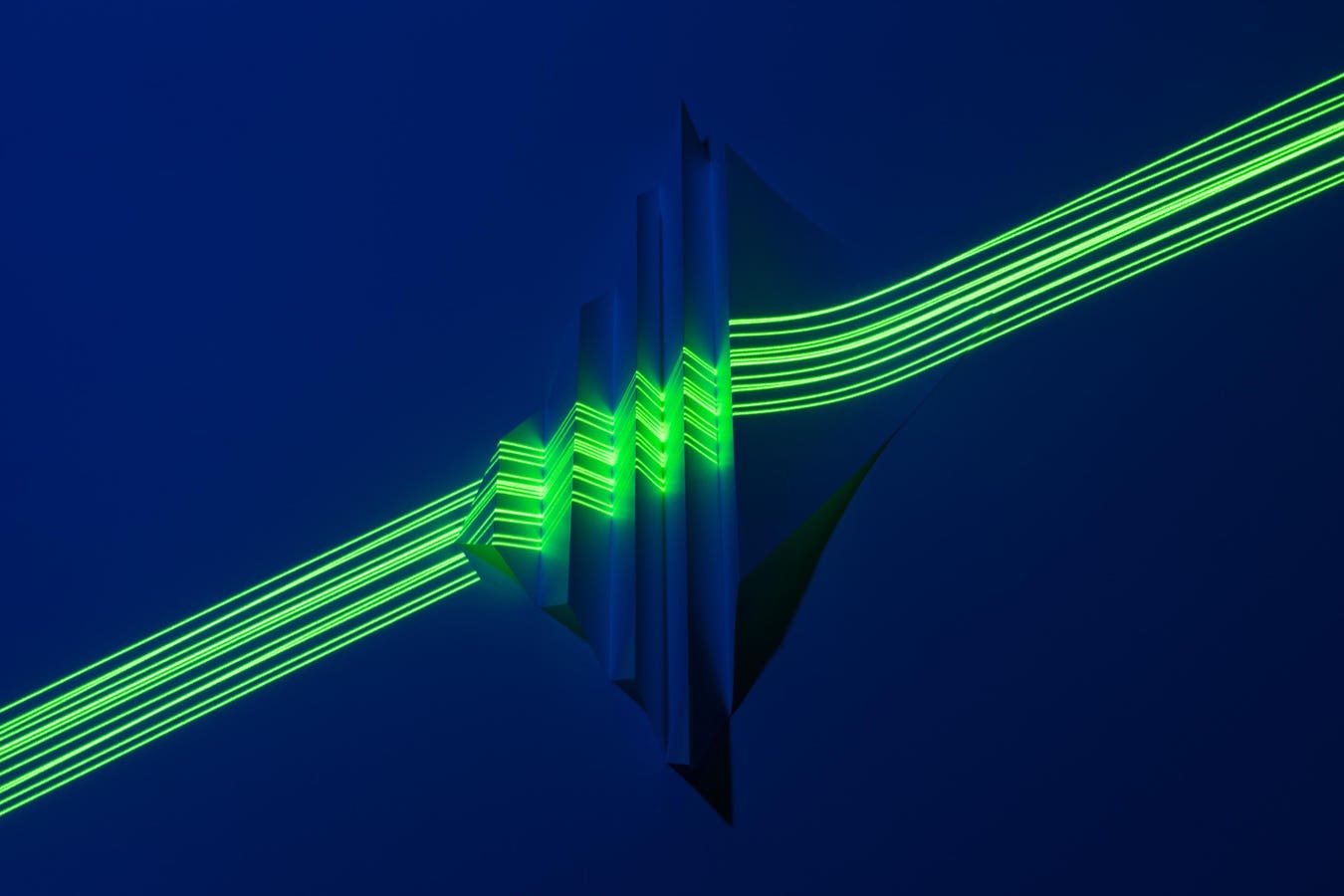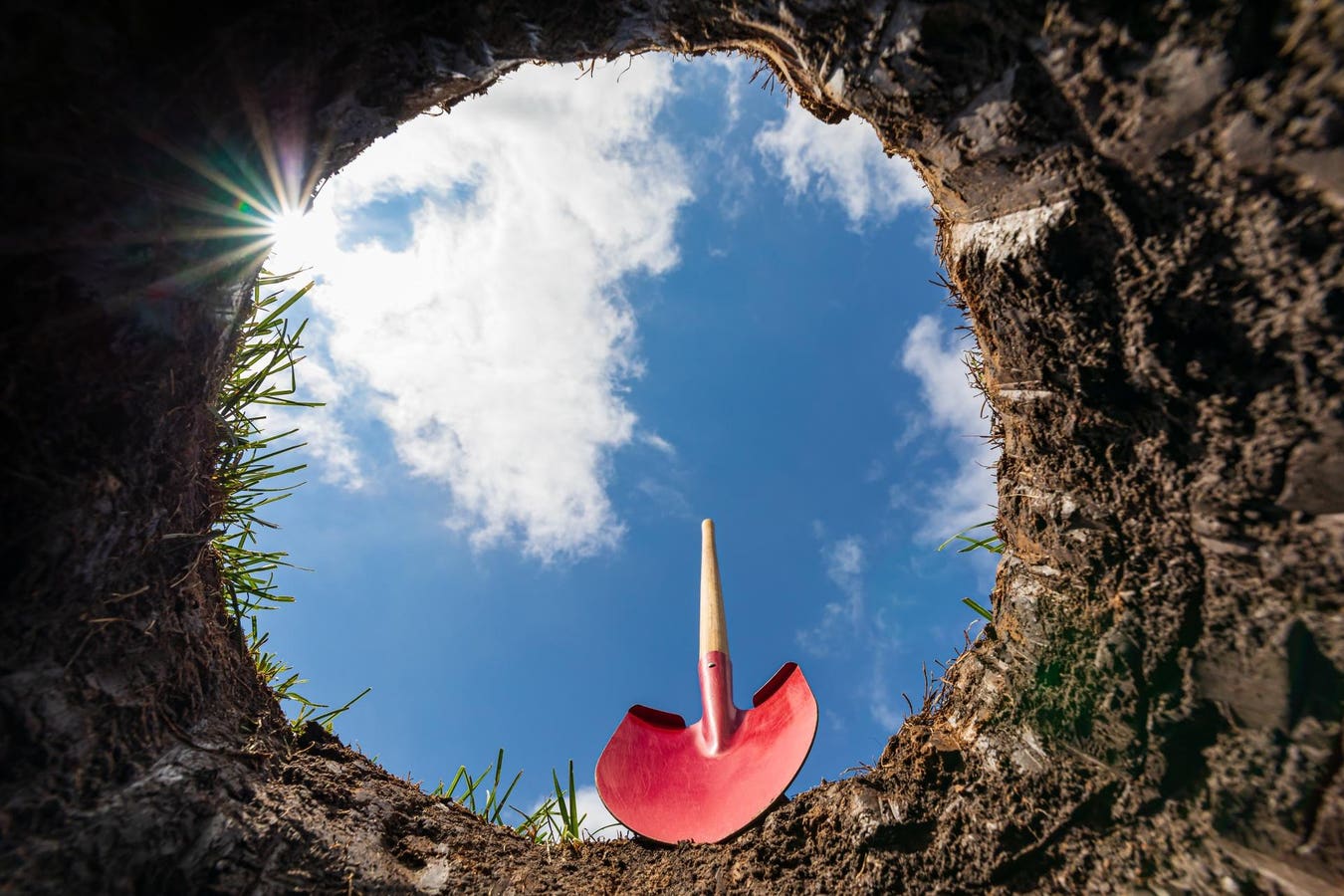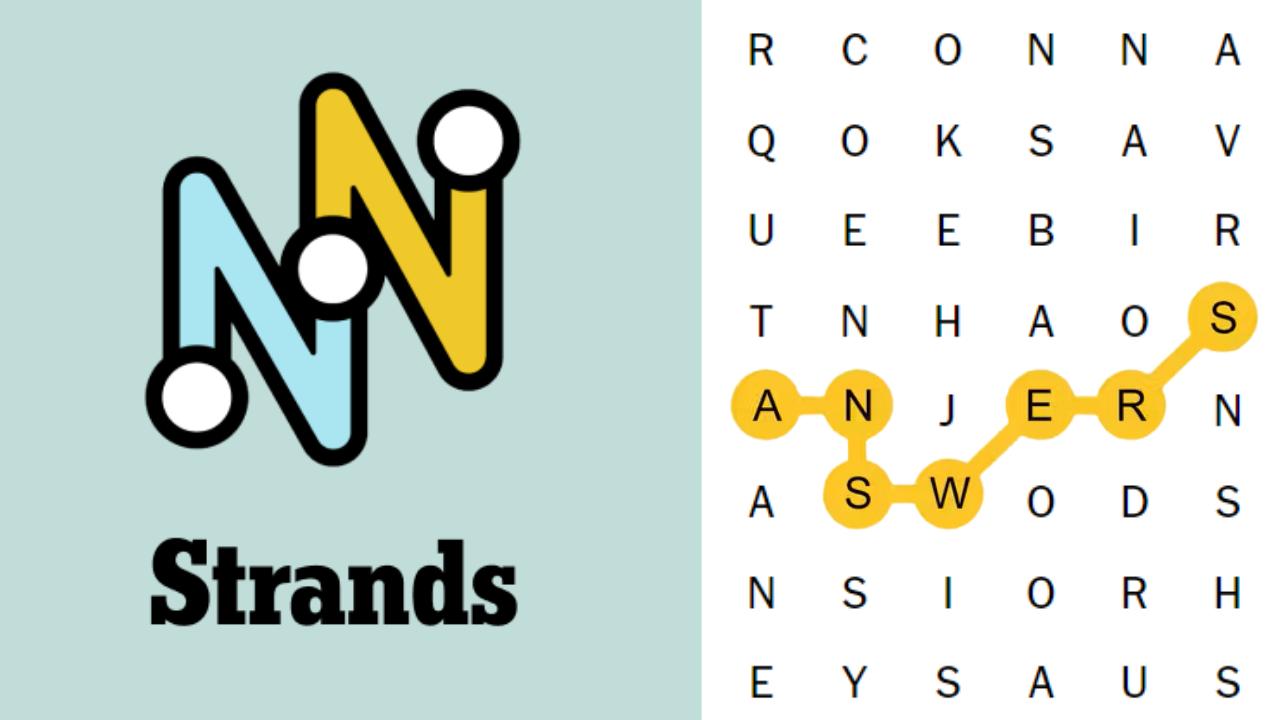Hard disk drives, HDDs, store over 80% of the world’s data and will continue to be a cost-effective resource for data retention into the next decade. HDDs are often used as secondary less expensive storage behind SSDs as primary storage for AI and other data intensive workloads. This week we saw a couple of interesting announcements on HDDs from Western Digital and Toshiba, who, along with Seagate Technology, manufacture the world’s HDDs.
Western Digital announced its expanded System Integration and Test (SIT) Lab, a state-of-the-art 25,600 square foot facility in Rochester, MN. The Rochester facility includes expanded areas for testing, labs and dedicated customer spaces. The facility is geared for faster, more predictable qualification of Western Digital’s high-capacity HDDs for data centers and enterprise customers.
According to WDC, in addition to providing research, development and global operations, the facility’s mini data center environment enables real-world testing and validation, ensuring customers receive advanced storage solutions precisely when they need them. The SIT Lab serves as a massive, dedicated collaboration hub where the company’s engineers work alongside key customers throughout every stage of the product lifecycle, including development, qualification, production ramp and end-of-life.
Toshiba announced a prototype of a 12-disk high HDD in the standard 3.5-inch hard drive form factor. Toshiba expects that this new HDD configuration will enable 40+TB HDDs for the data center market using the company’s Microwave Assisted Magnetic Recording, MAMR, a type of energy assisted magnetic recording, by 2027. Toshiba makes 18-20% of the worlds HDDs, with Seagate Technology and Western Digital roughly splitting the rest of the HDD market.
The company said that key advances include the development of new dedicated parts in the stack, and replacement of the current aluminum substrate medium with a glass substrate that offers greater durability and allows thinner designs. These advances deliver improved mechanical stability and in-plane accuracy, higher density and greater reliability. Toshiba is also investigating the use of 12-disk stacking technology with next-generation Heat Assisted Magnetic Recording (HAMR).
Toshiba does not have its own hard disk drive heads of disk manufacturing, unlike Seagate and Western Digital. It buys from some external Japanese suppliers. The thin glass substrates used for this demonstration and enabling a 12-high disk in the 3.5-inch HDD form factor, likely came from Hoya. Toshiba’s disks are made by Resonac and its magnetic recording heads are made by TDK.
At the 2022 IEEE TMRC conference Hoya was showing prototype 14 and even 24 disk configurations for HDDs using their glass substrates. Hoya is the largest manufacturer of glass substrates for hard disk drives. Glass substrates are required for HAMR recording media because of the higher temperatures during media deposition.
Western Digital introduced an 11-disk HDD in 2024 with 32TB using its ePMR and shingled magnetic recording, SMR. Seagate has been shipping 32TB HDDs with 10 disks using heat assisted magnetic recording, HAMR, in late 2024 as well.
Western Digital announced the opening of a test lab for qualification of HDDs for data centers. Toshiba introduces a 12-disk HDD platform for 40+TB HDDs by 2027.









